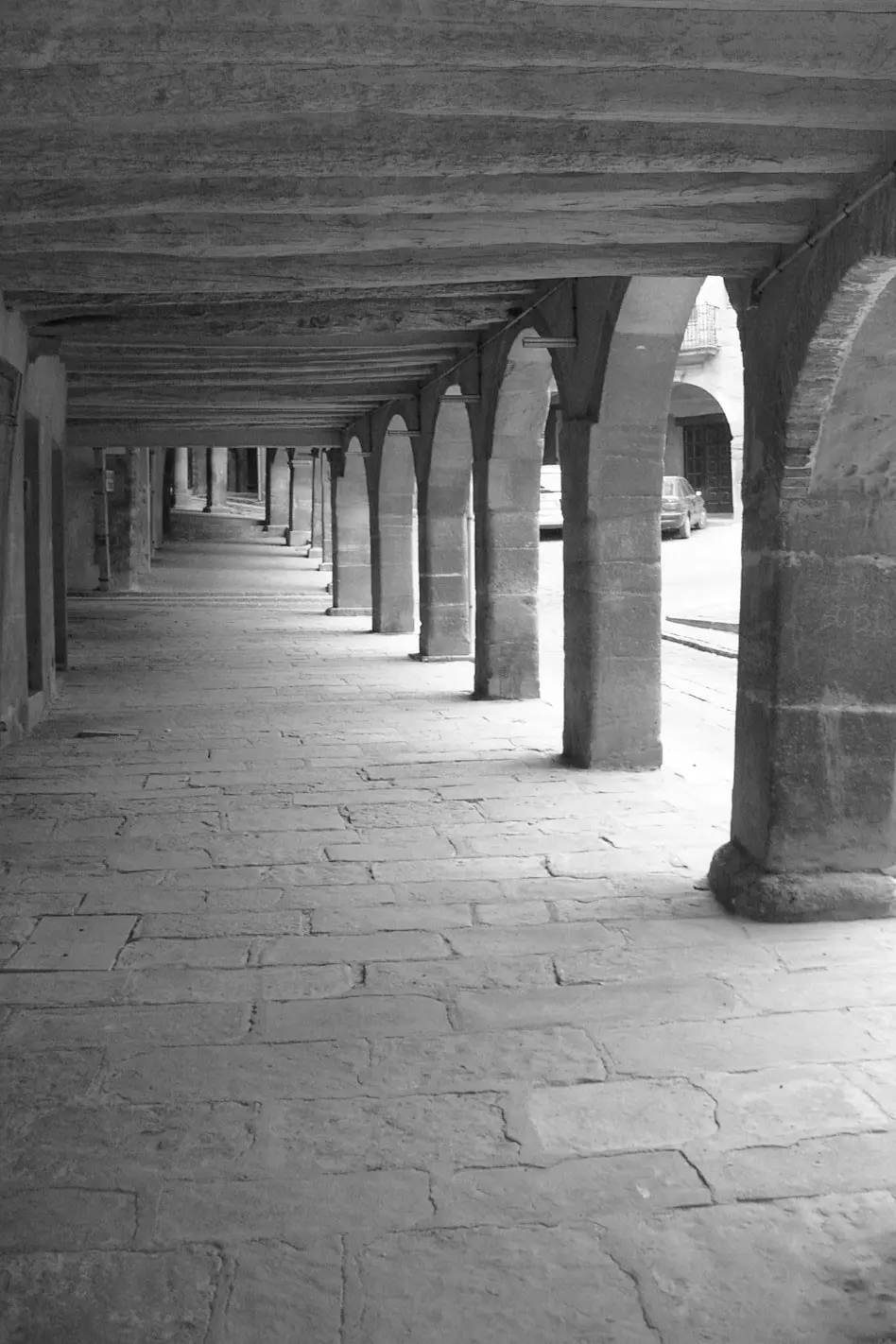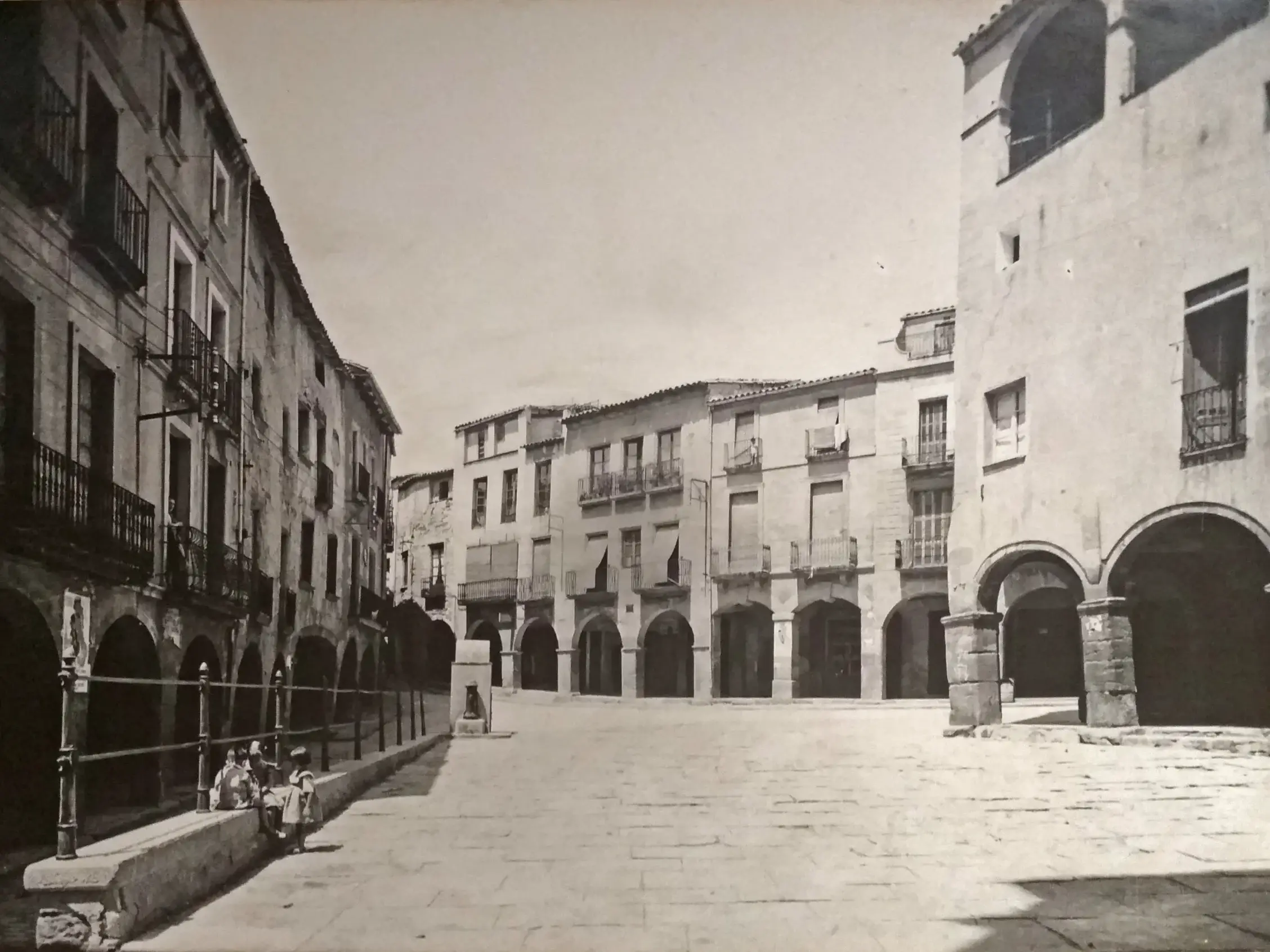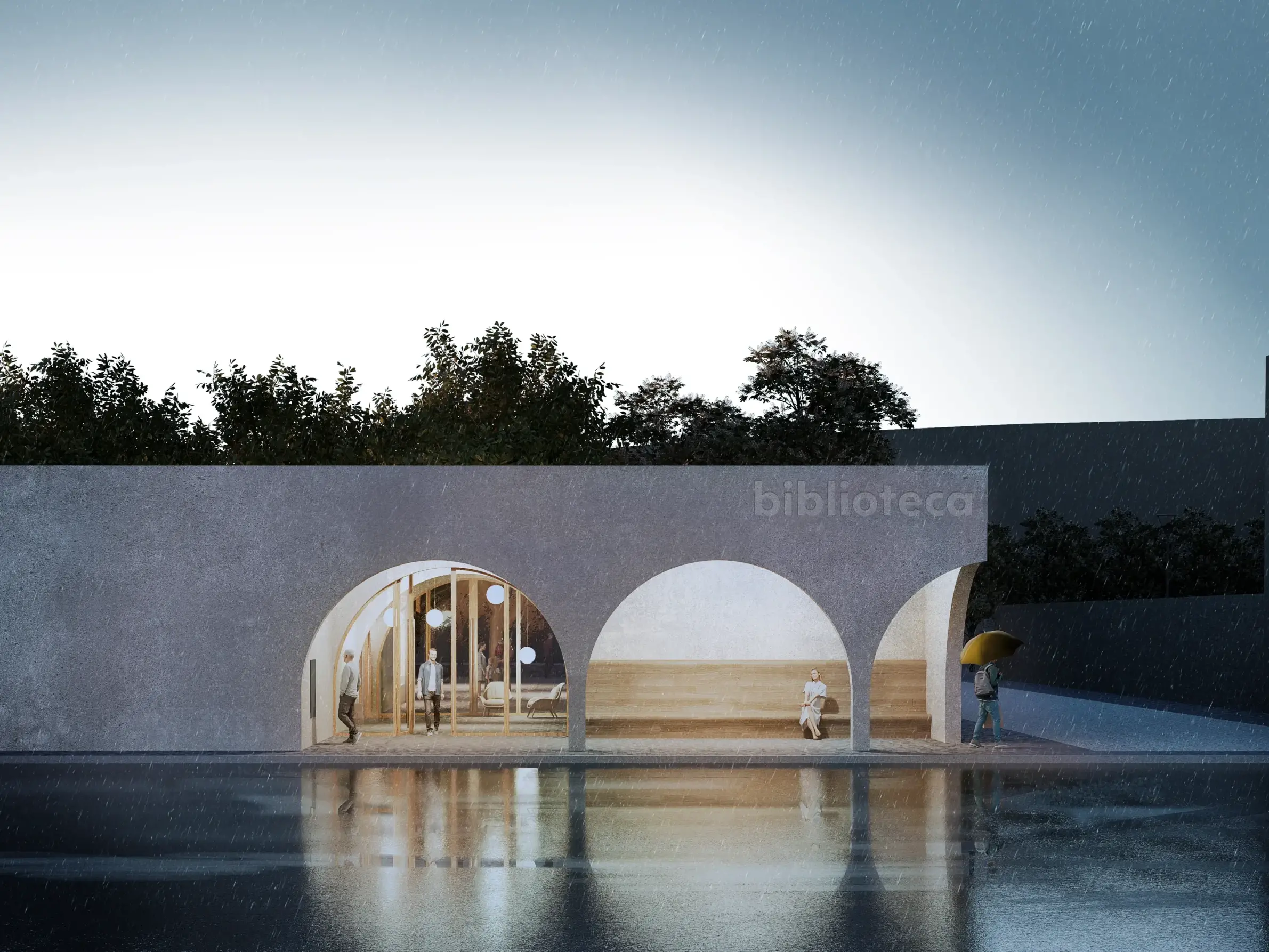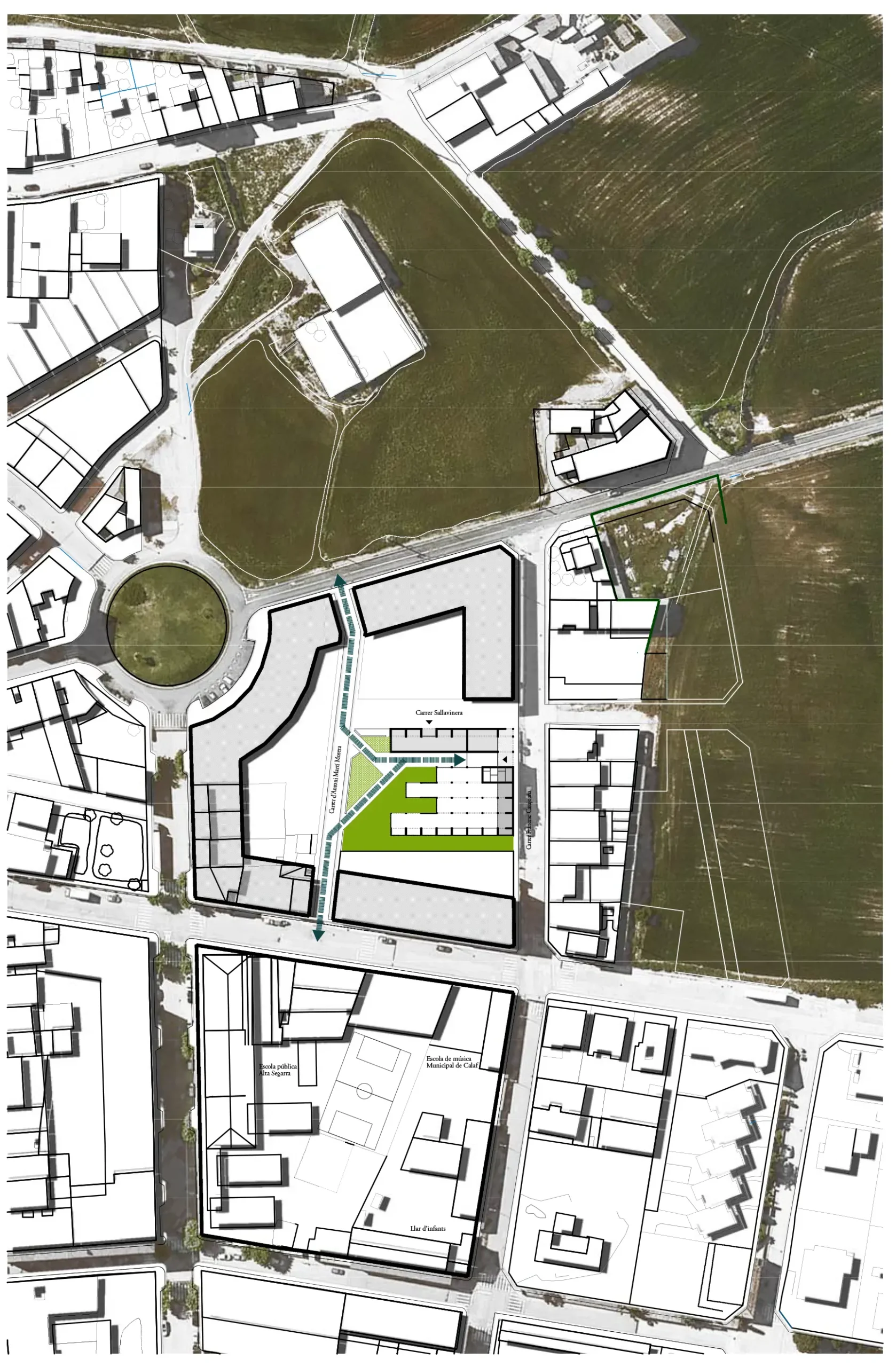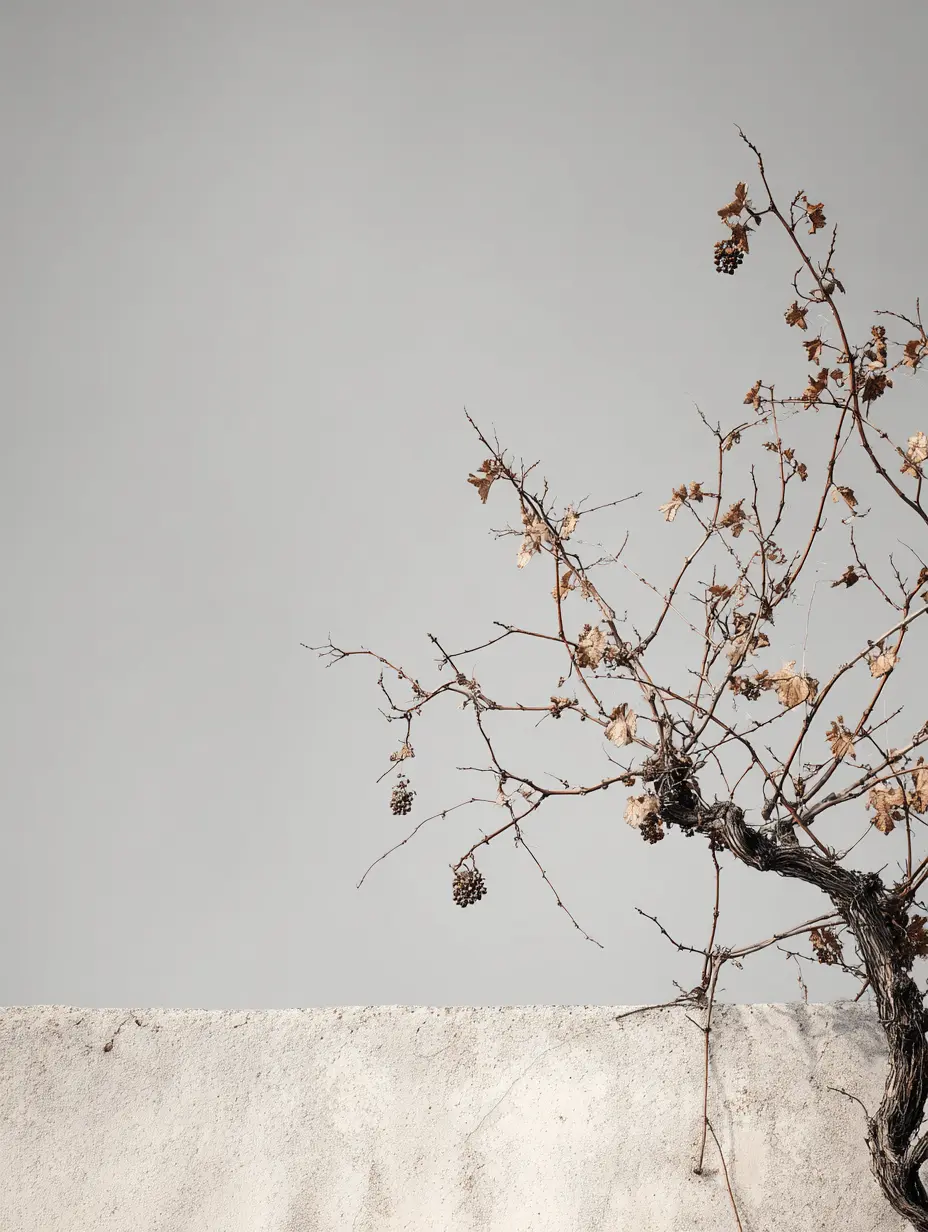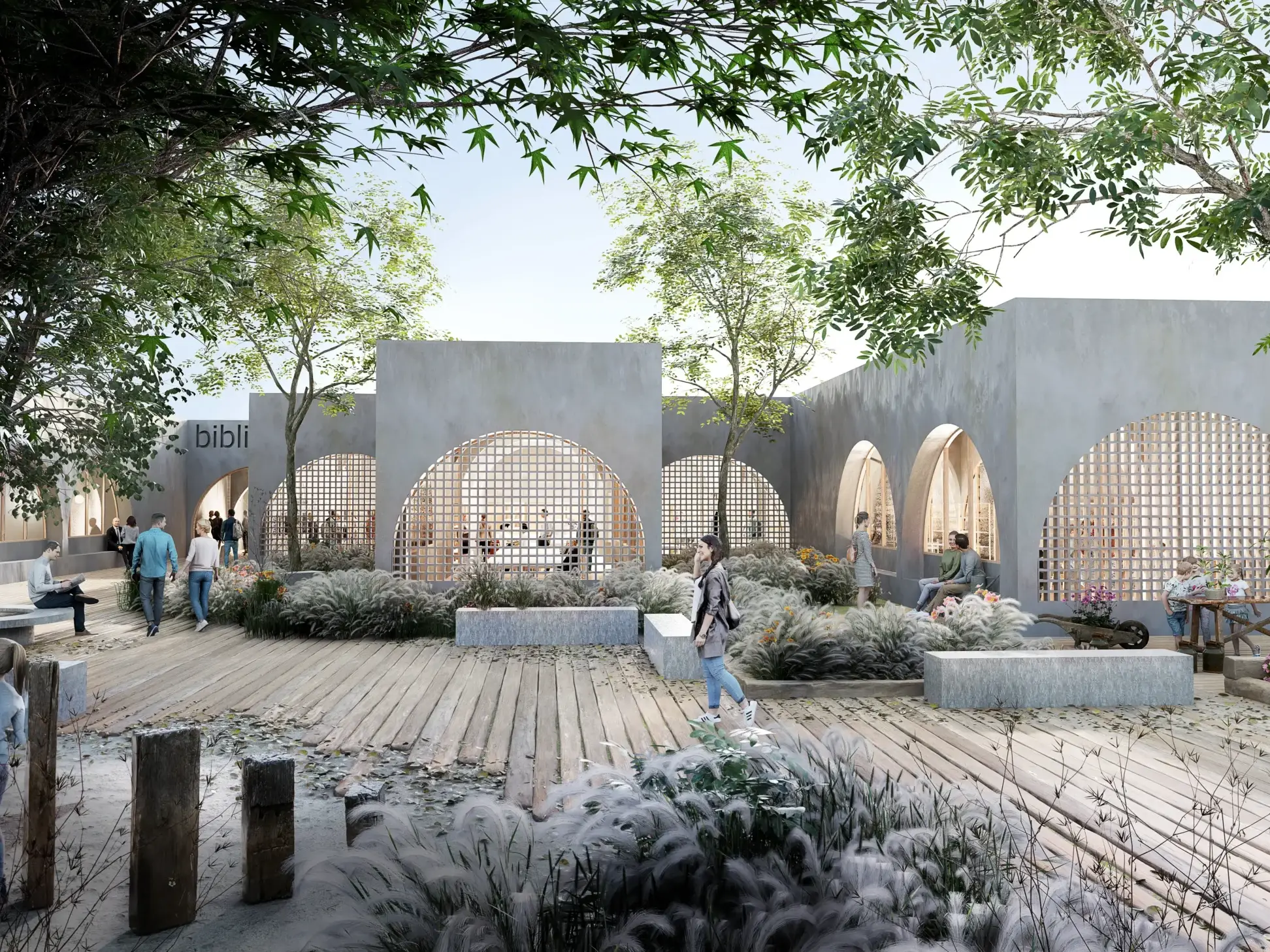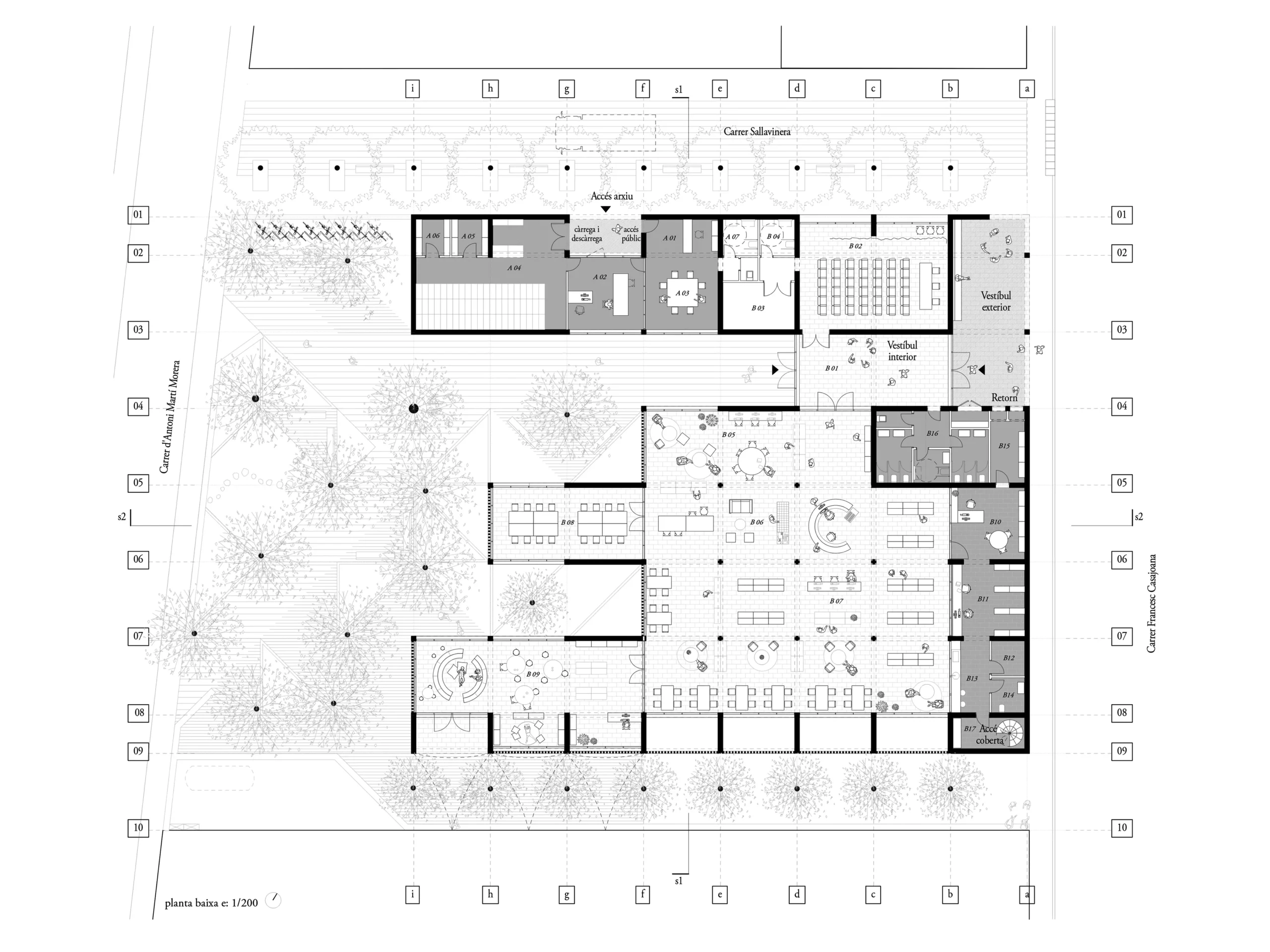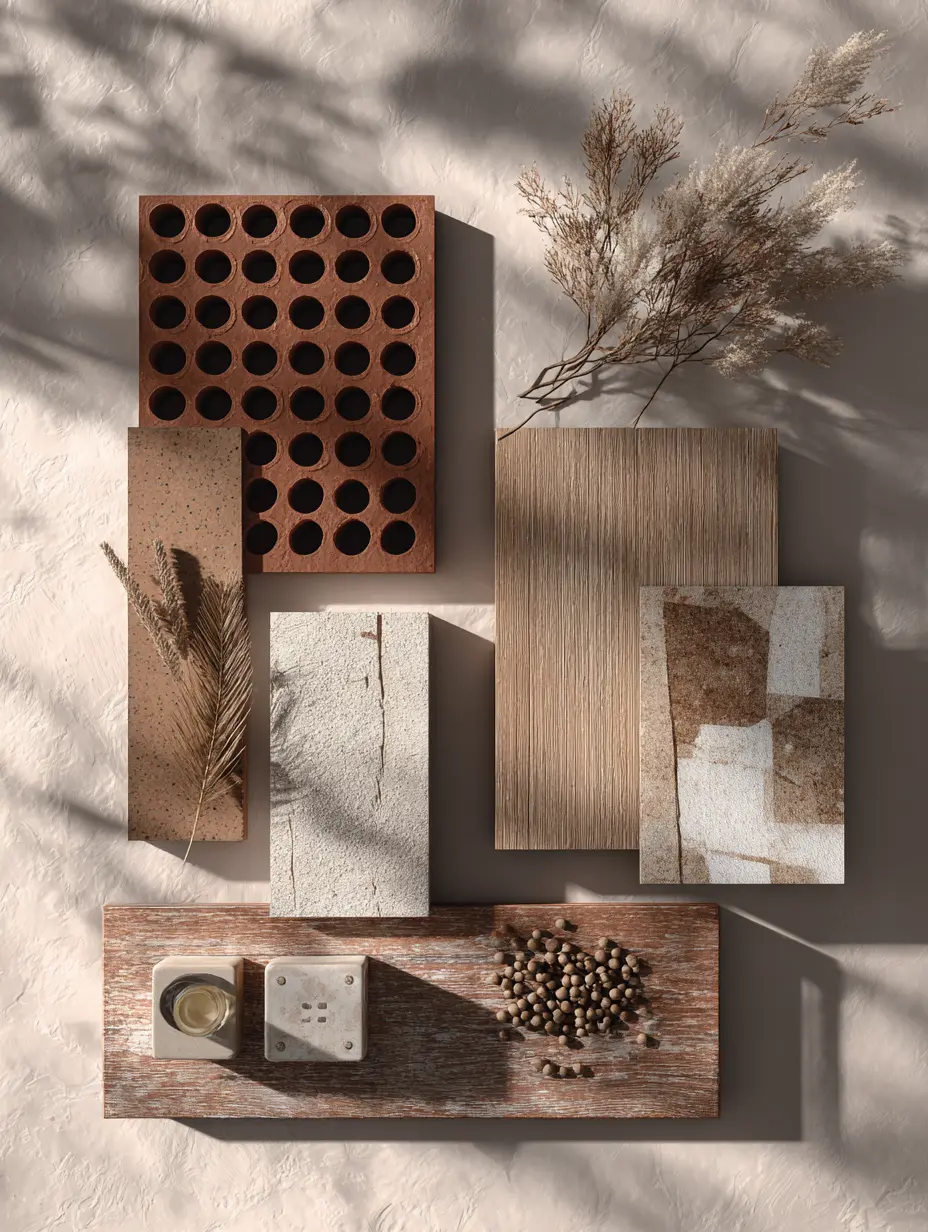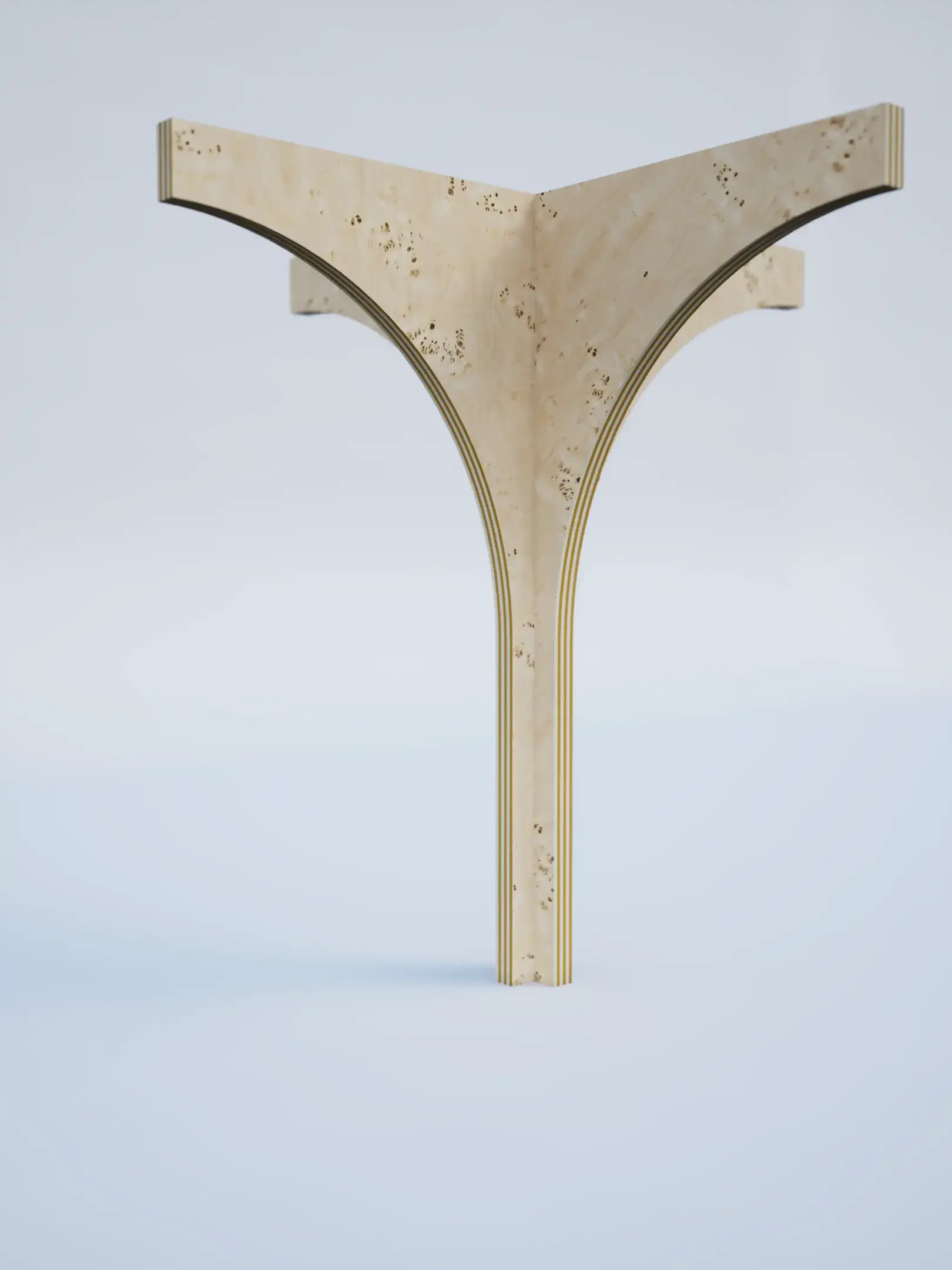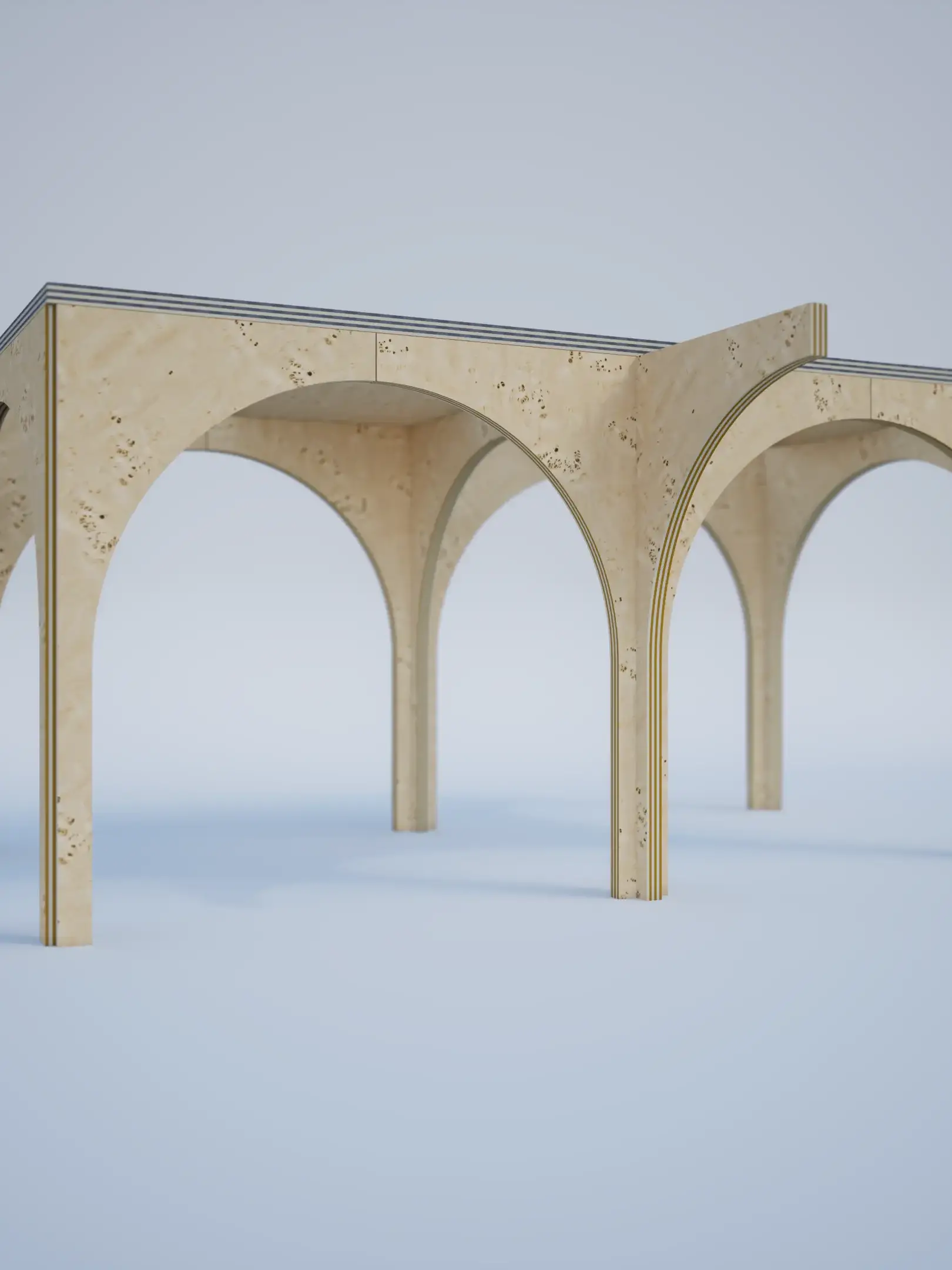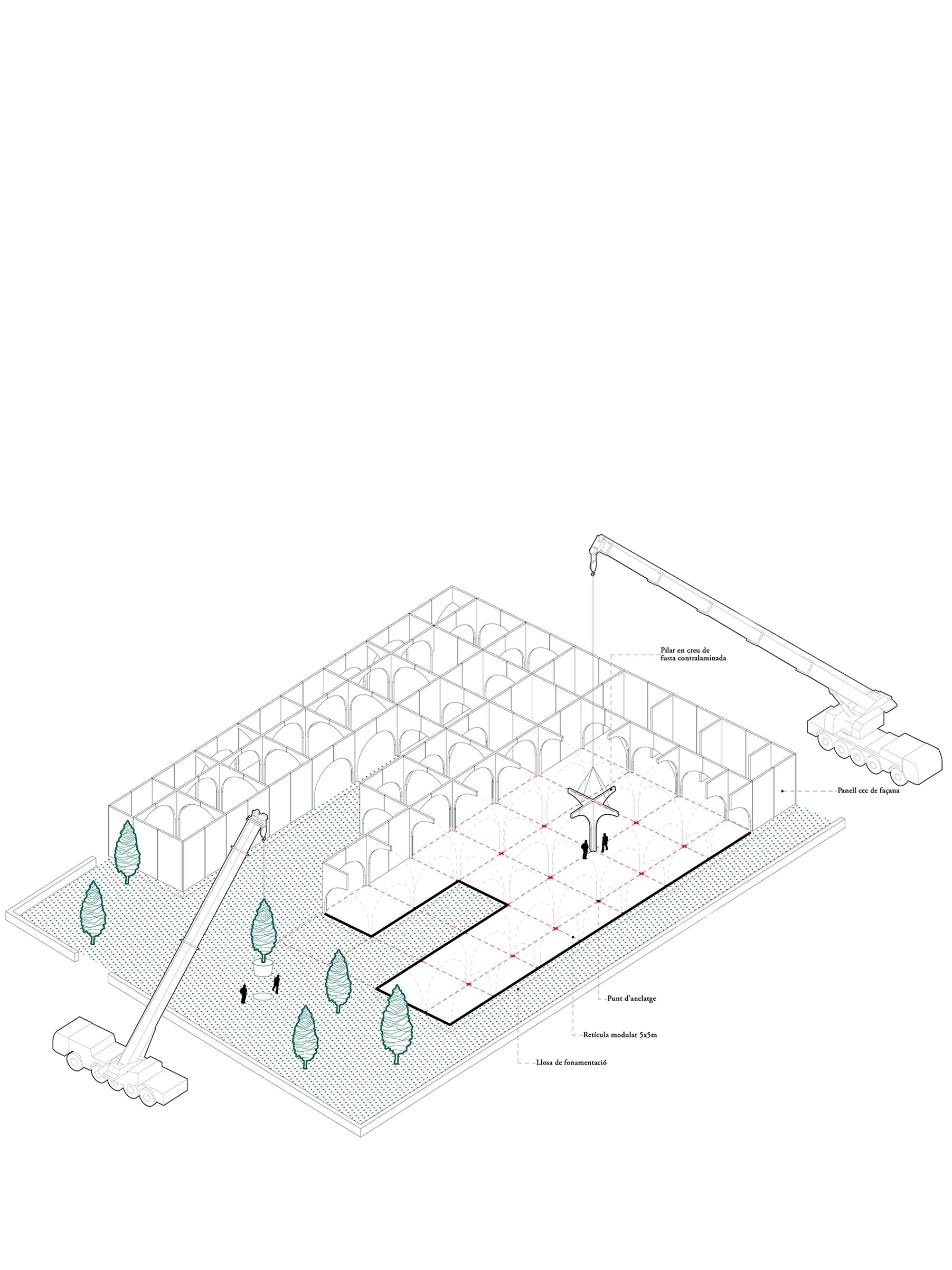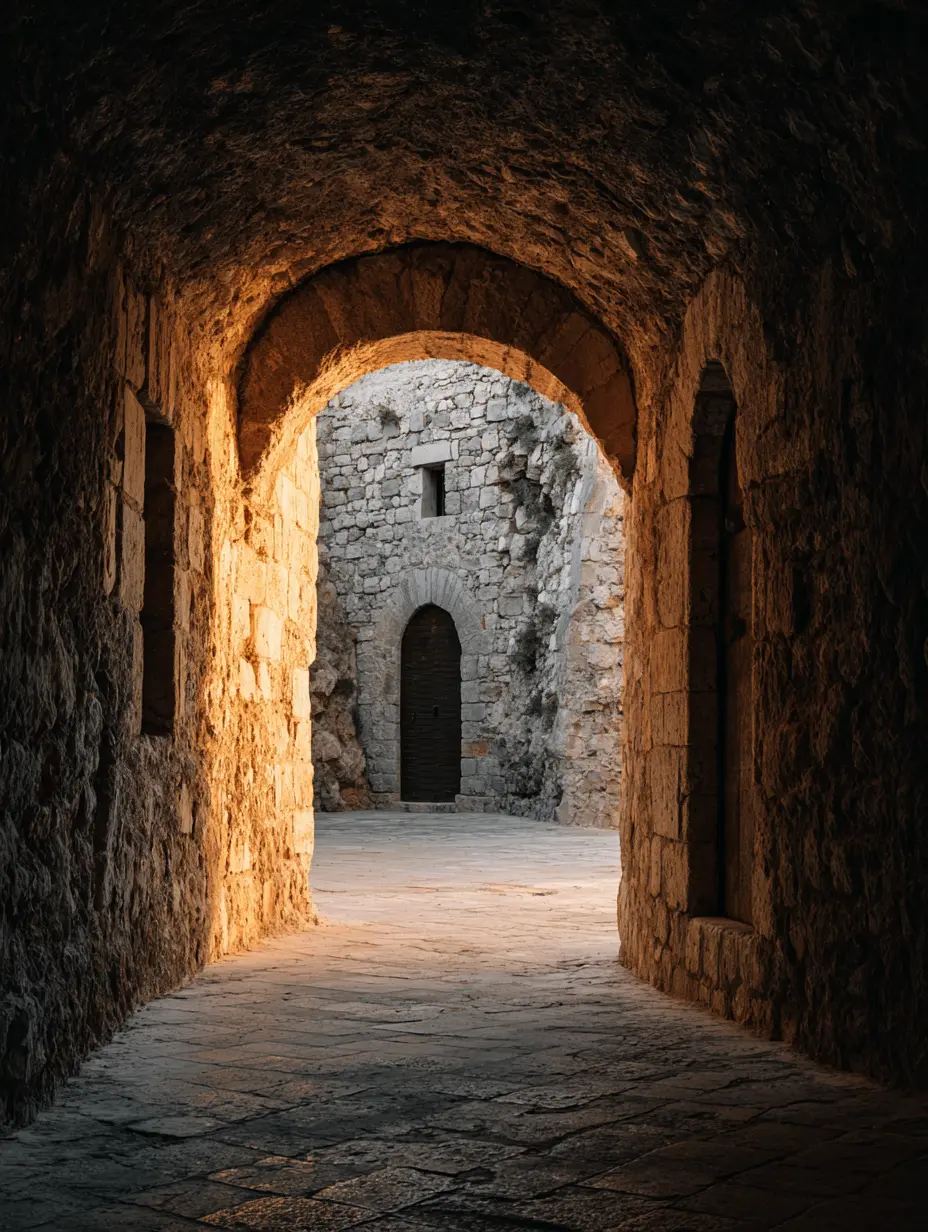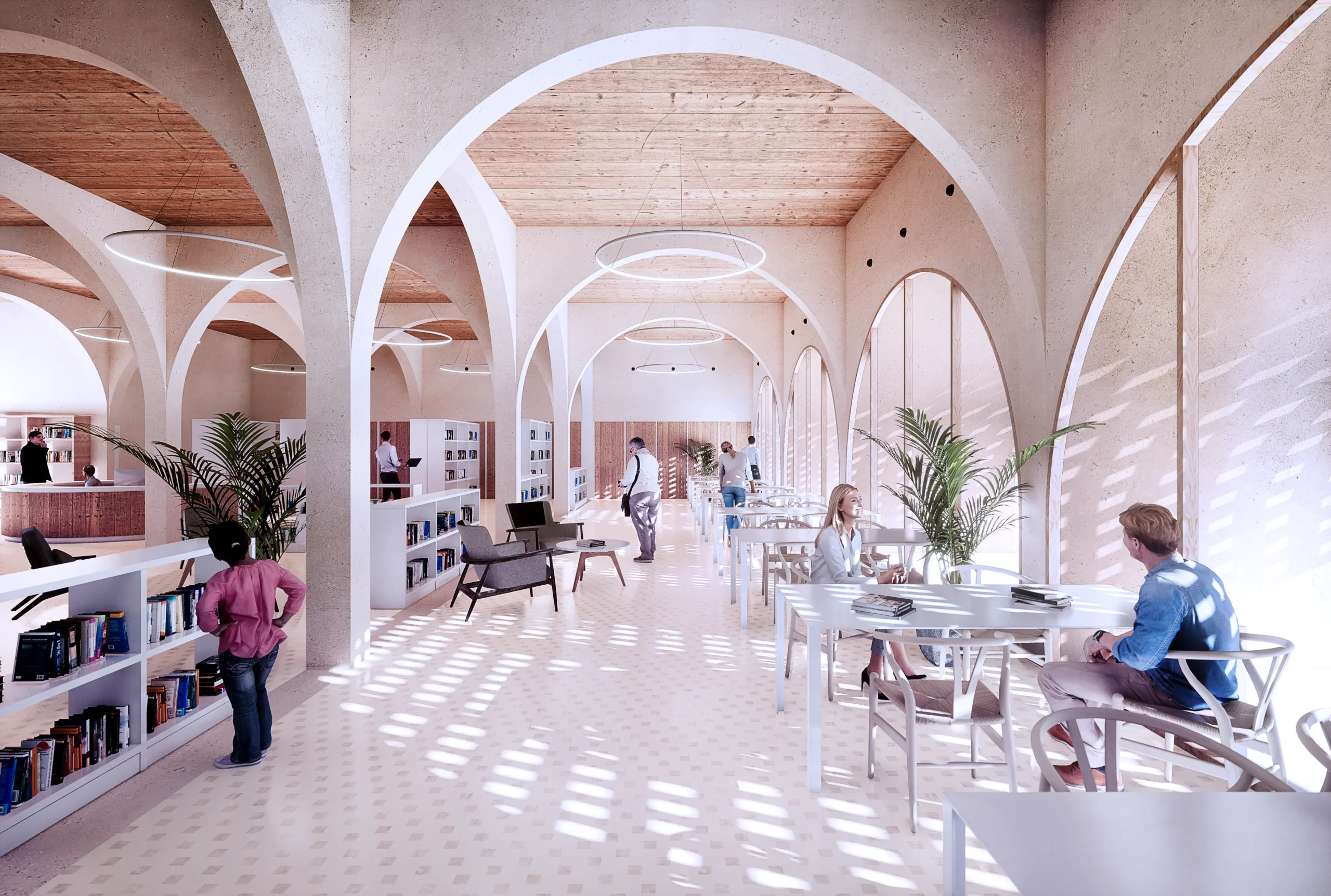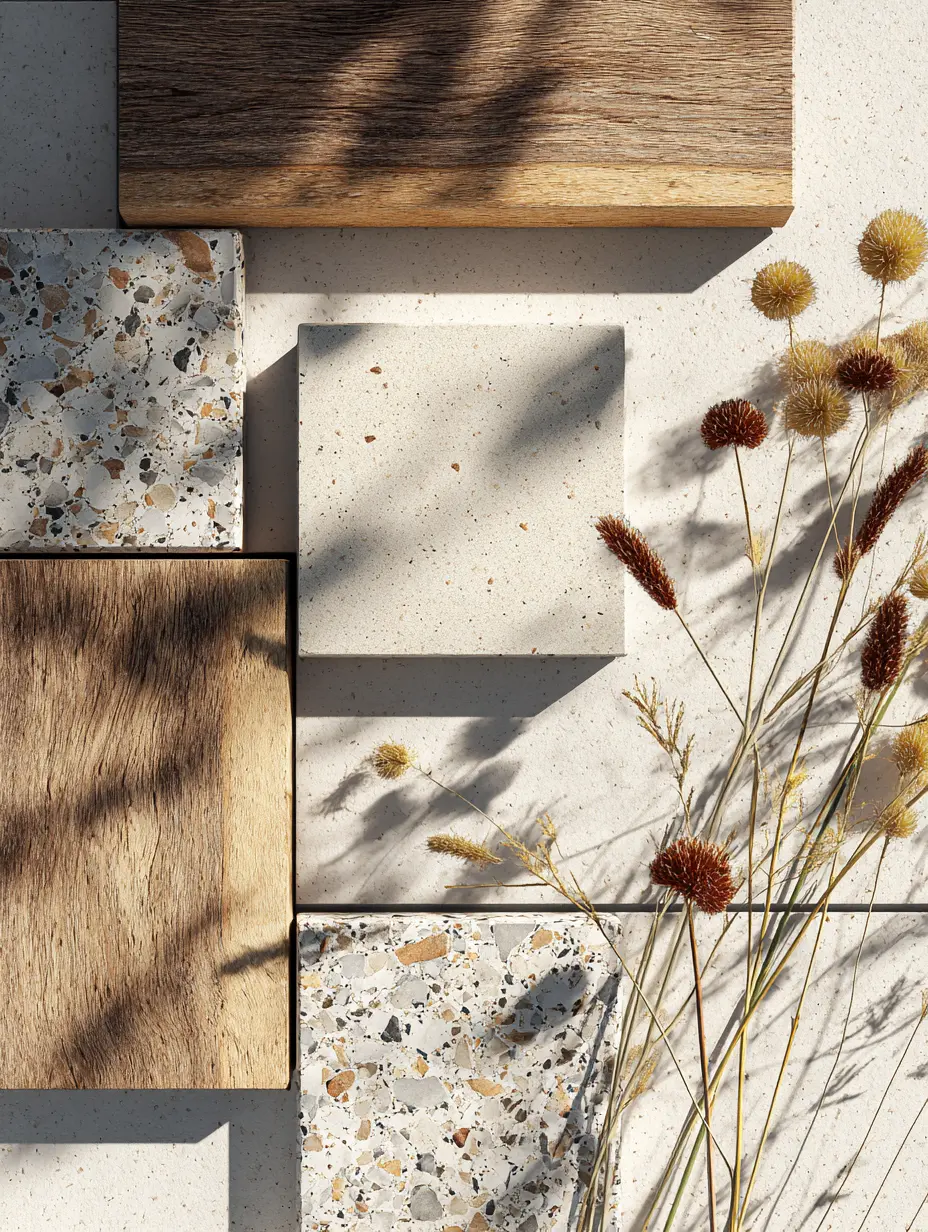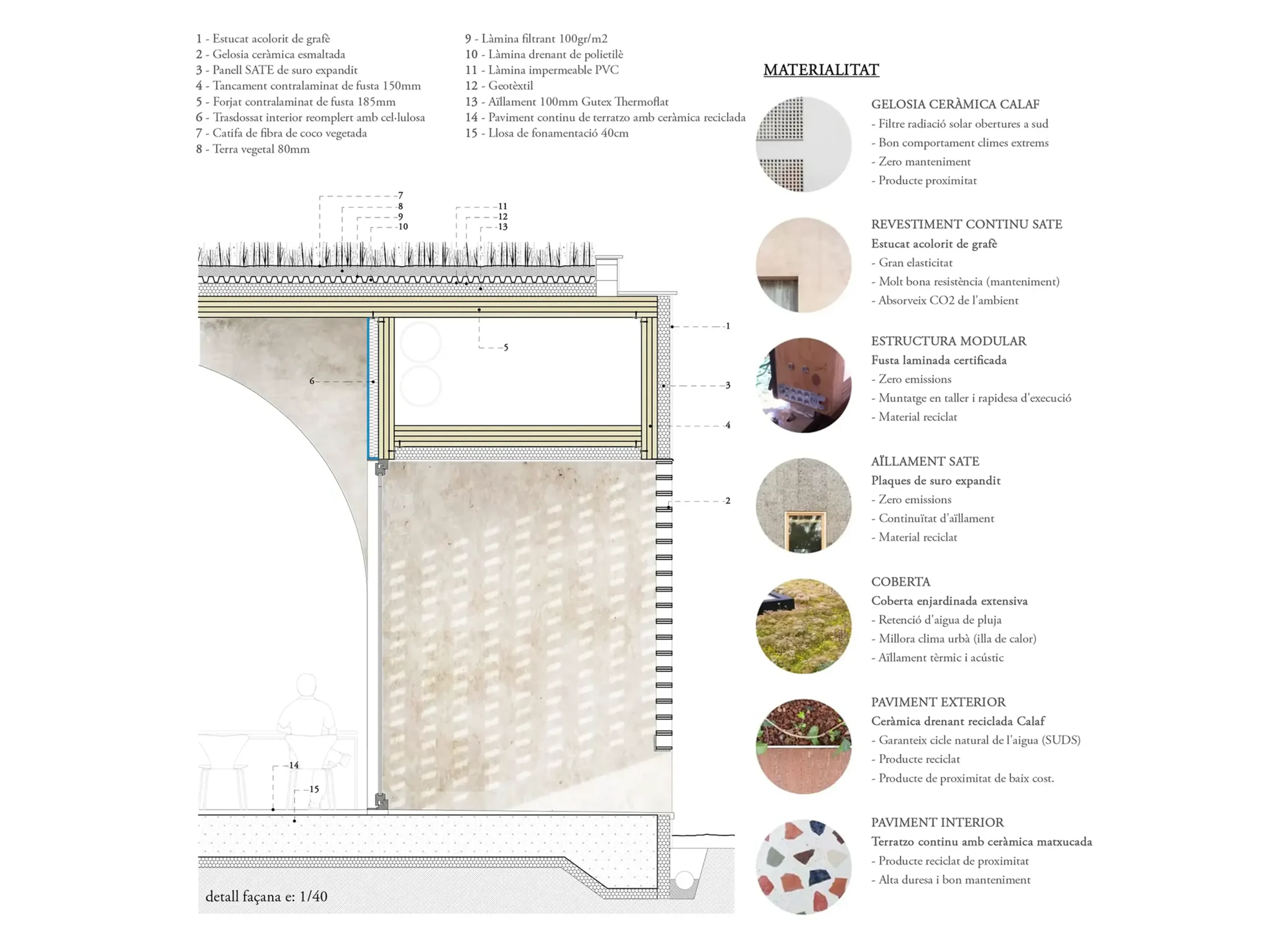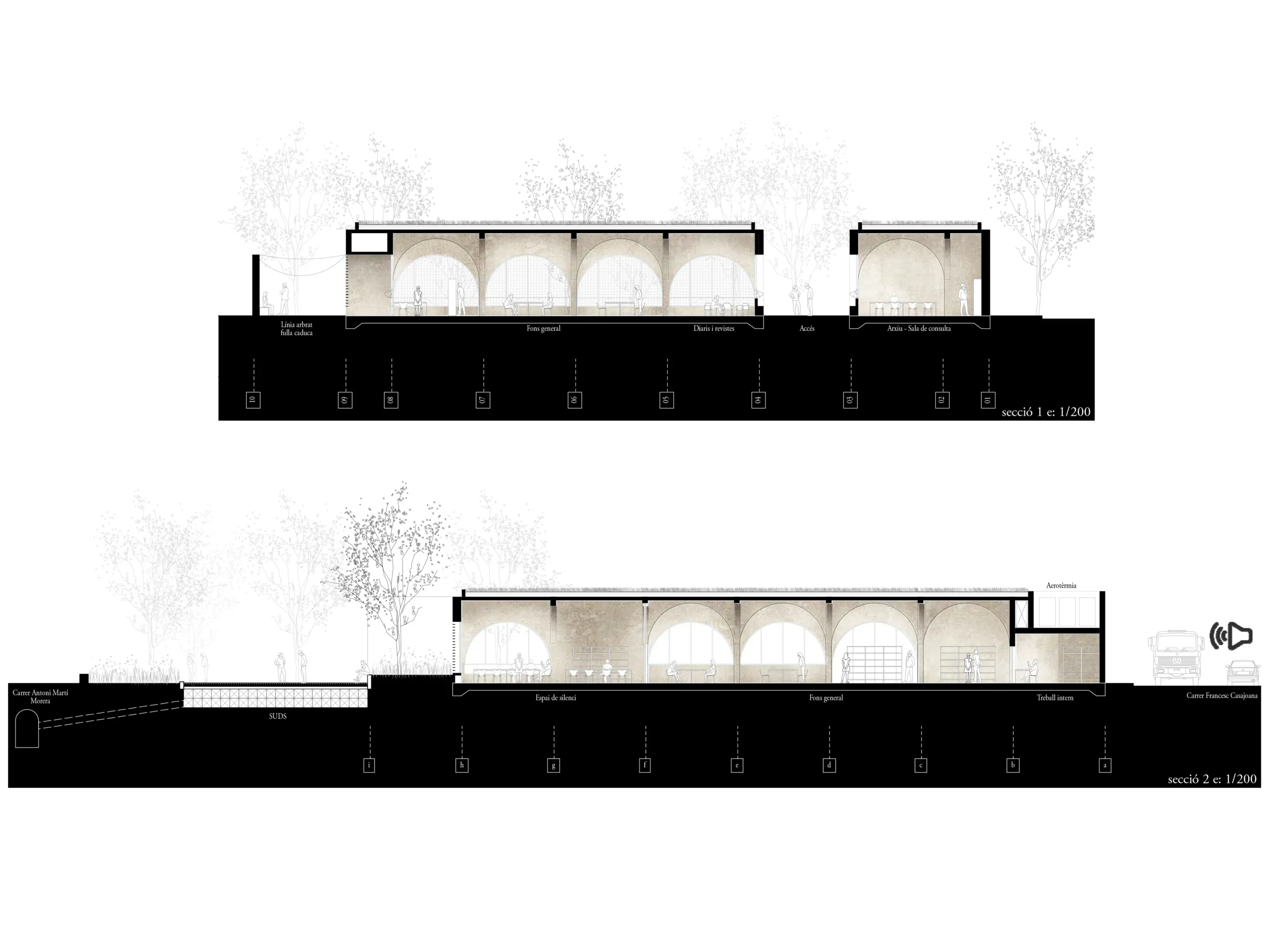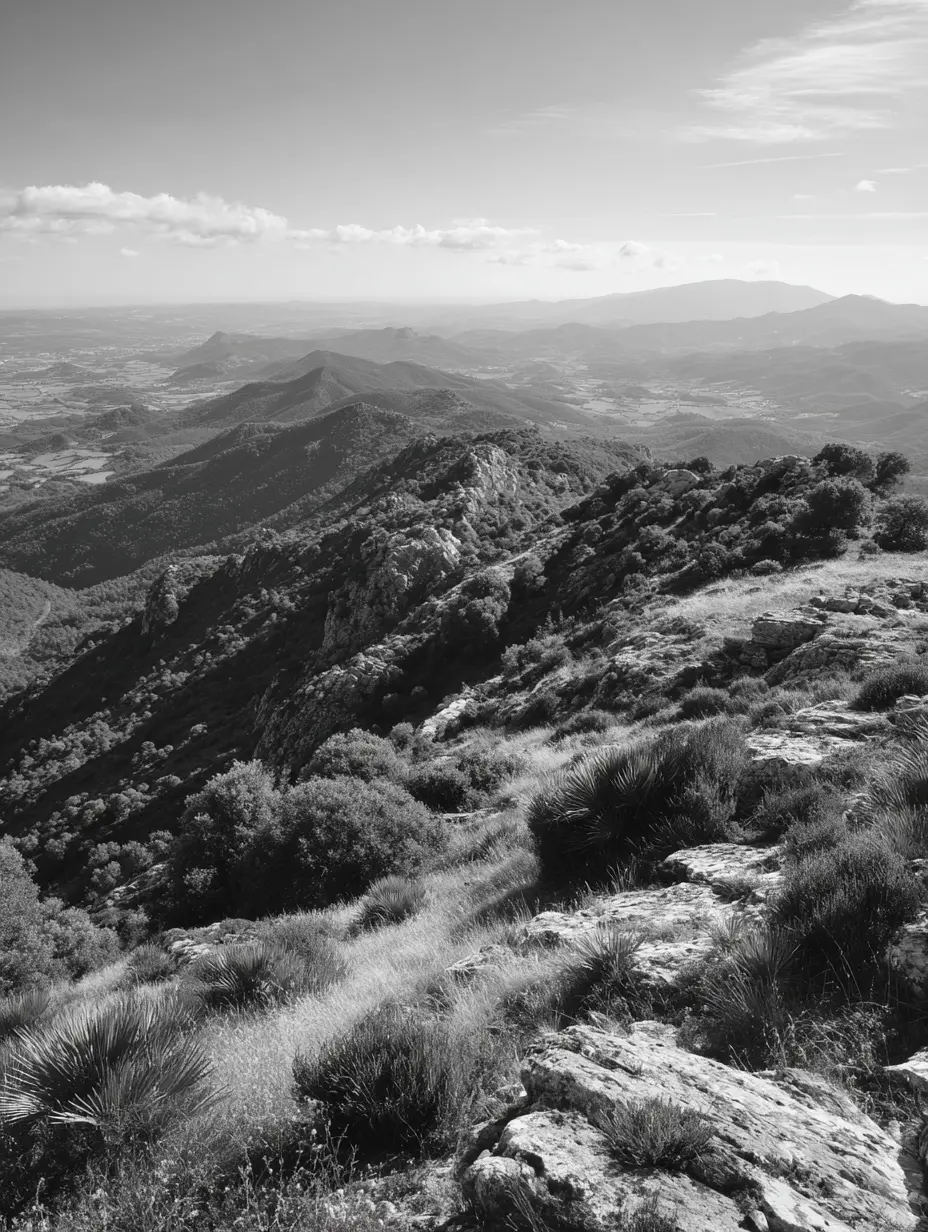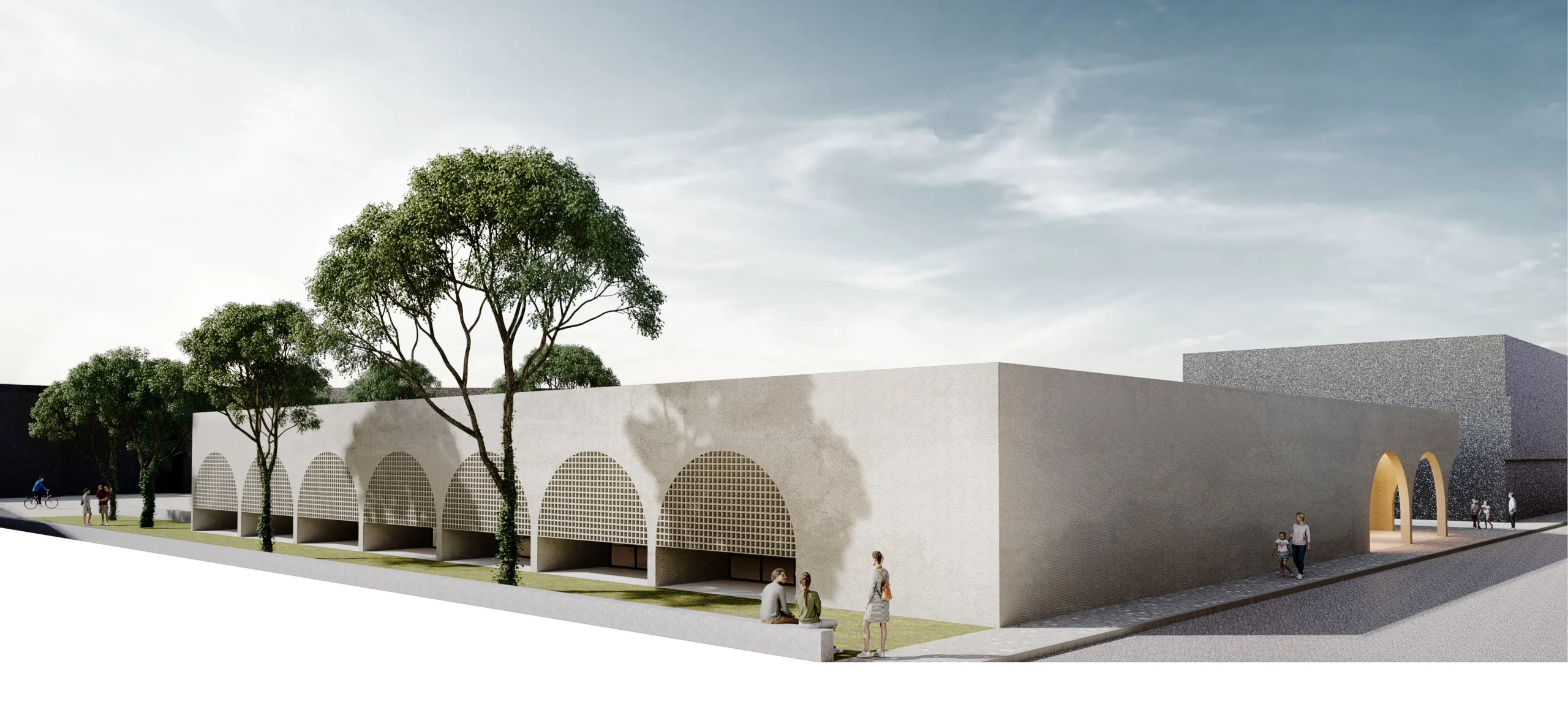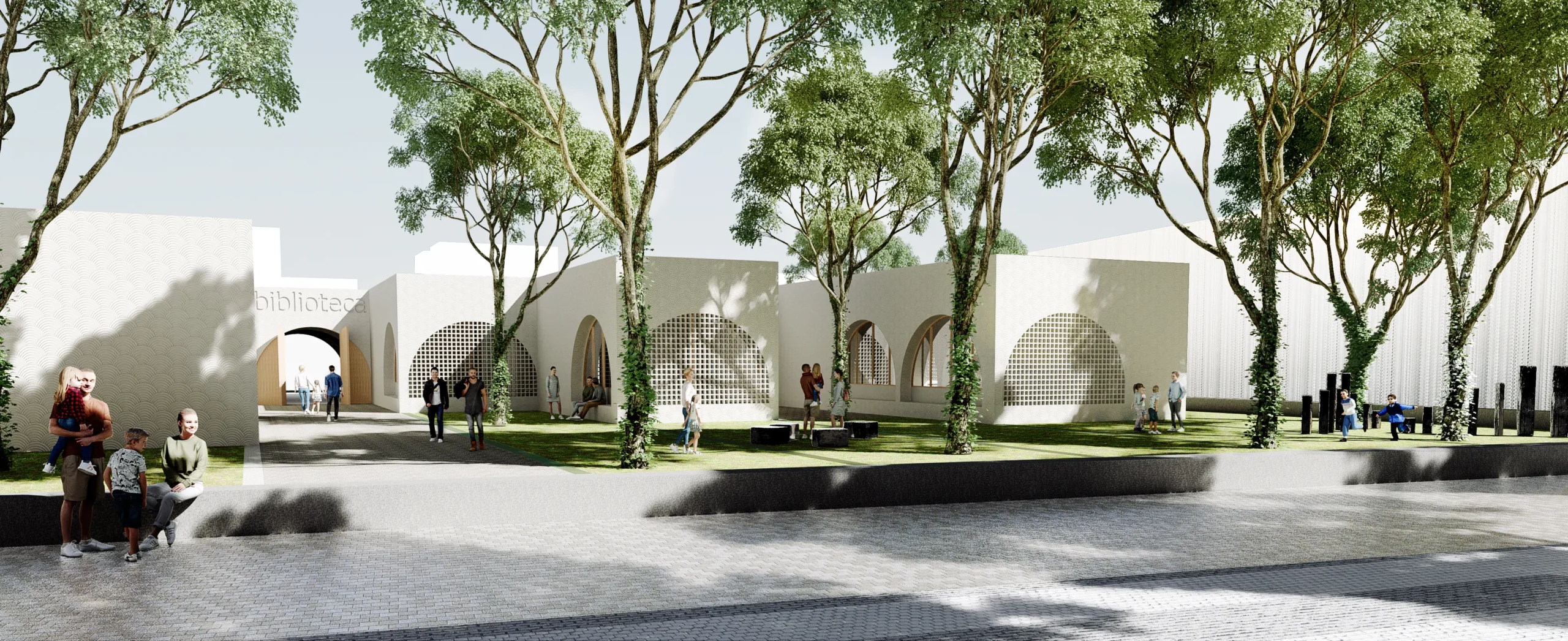Location
Calaf, Barcelona
Category
Public
Status
Competition (Finalist)
Year
2021
At the edge of Calaf, where the town’s compact fabric meets the open agricultural landscape, the new library and municipal archive is conceived as both threshold and gathering place. Positioned alongside the schools of the Alta Segarra, the nursery, and the music school, the project seeks to amplify their presence, weaving together education, culture, and community life. Here, the library is not an isolated building, but a civic hinge — a porous limit that defines the border between cultivated land and urban life, while opening inward to create a protected world of learning and encounter.
The urban condition of the site — an unmarked edge with few architectural traces — called for a strong gesture. The project establishes a clear perimeter, completing the urban block formed by Casajoana, Manel Giralt, Pius Forn and the Solsona road. By doing so, the library becomes more than a programmatic container; it acts as a wall, a border, a filter that protects the inner garden and frames access. The exterior sides facing the streets are austere and compact, shielding the quieter interior from noise and traffic, while the inside unfolds as a generous park. The architecture thus reverses conventional hierarchies: the rear façade becomes the true face of the building, with the park as its stage and the community as its actors.
Beneath these timeless arcades, generations have found shade, shelter, and a place to meet. The new library carries this memory forward, translating the calm permanence of stone into the warmth of wood, so that the past quietly resonates within the present.
At the threshold of town and countryside, the library defines a new frontier — a wall that protects, and a garden that invites. In this delicate balance between cultivated fields and urban life, the project becomes both limit and meeting place, extending far beyond its physical footprint.
Instead of a formal search for transparency, the project’s integration with context is based on urban function. It consolidates the perimeter and, by doing so, strengthens the urban fabric. At the same time, the entrance is marked by a contemporary portico of arches — a motif that resonates with Calaf’s historic arcades, from the Plaça Gran to the hidden corners of the old town. This repetition of the arch, translated into a modular timber structure, evokes collective memory while offering a serene and efficient framework for the spaces within.
Moving through the portico, one enters an inner world where the landscape becomes the protagonist. Four elongated volumes stretch perpendicularly into the garden, each housing a different part of the library program, from children’s areas to silent reading rooms. Their varying lengths create a rhythm of built and unbuilt, light and shade, solid and void. Between them, courtyards and tree lines filter sunlight, frame views, and generate a microclimate that softens both summer heat and winter cold.
The vegetation is not ornamental but performative. Deciduous trees provide shade in the warm months and let light in during winter. Planting is native and resilient, reducing water needs while fostering biodiversity. Aromatic herbs, grasses, and flowering shrubs create habitats for birds and insects, while carefully selected species absorb urban noise. The park is not only the setting of the library, but its living façade, extending the architecture into nature.
Fragments of earth, wood, and stone tell a quiet story of place. In their textures lie echoes of fields, walls, and time-worn arcades — materials that breathe with the landscape and give the new library a timeless, tactile presence.
The project is rooted in Calaf’s ceramic tradition. Waste and surplus tiles are given a second life, transformed into permeable paving for the garden’s walkways or crushed into terrazzo floors inside. In this way, the cycle of water is respected: rain infiltrates through the joints, filtered by gravel and soil, and replenishes the ground. Sustainable Urban Drainage Systems (SUDS) become both invisible infrastructure and part of the architectural narrative, ensuring that every drop of water is absorbed, retained, and reused.
The structure is conceived in laminated timber, pre-fabricated in modules and assembled dry on site. Its repetition of arches not only evokes memory but ensures efficiency and warmth. Exterior walls are clad with continuous lime stucco over cork insulation, echoing the neighboring houses while ensuring thermal comfort. The roof is planted with sedum and delosperma, adding to biodiversity and reducing the heat-island effect. Inside, terrazzo floors with crushed ceramics, cellulose insulation, and natural finishes ensure a tactile, warm, and low-impact environment.
Beyond the material and environmental strategies, the true ambition of the project lies in its social dimension. The library is not only a repository of books and documents; it is a civic room. Spaces open to the park invite reading in the shade, workshops for children, exercise for the elderly, and community gatherings. By facing the garden rather than the street, the library positions itself as a safe and inviting environment, especially for the youngest, who will move between the schools and this new cultural center with ease.
The historic arches of Calaf embody more than structure; they are thresholds of community, moments of transition between protection and openness. The new library draws on this archetype, transforming it into a civic gesture that binds past and future together.
Material studies explore the use of recycled ceramic fragments in terrazzo flooring, combined with timber and natural finishes. The palette is rooted in Calaf’s tradition while ensuring durability and sustainability for the new library.
Sustainability is understood holistically — from geothermal and aerothermal systems that reduce energy demand, to photovoltaic panels integrated on the roof, to the careful control of natural light and ventilation through cross breezes and deep eaves. Together, these measures are calculated to reduce energy consumption by more than 40% and enable a LEED Platinum certification, placing the project as a benchmark of ecological architecture for small municipalities.
“The arches echo Calaf’s historic porticoes — a memory of collective spaces, reinterpreted in timber for today
- POL FEMENIAS (ARCHITECT)
In Calaf, the new library and archive stand as more than an institution. They are a wall that shelters and a garden that invites. They draw on memory while projecting forward, weaving together education, culture, and nature into one civic gesture. Ultimately, the project is about offering a serene framework for life to unfold — a place where knowledge and community can take root, grow, and endure.
The territory teaches us about permanence and adaptation. In dialogue with this landscape, the library is conceived not as an isolated object but as part of a continuum, an architecture that frames the boundary of the town while acknowledging what lies beyond.
